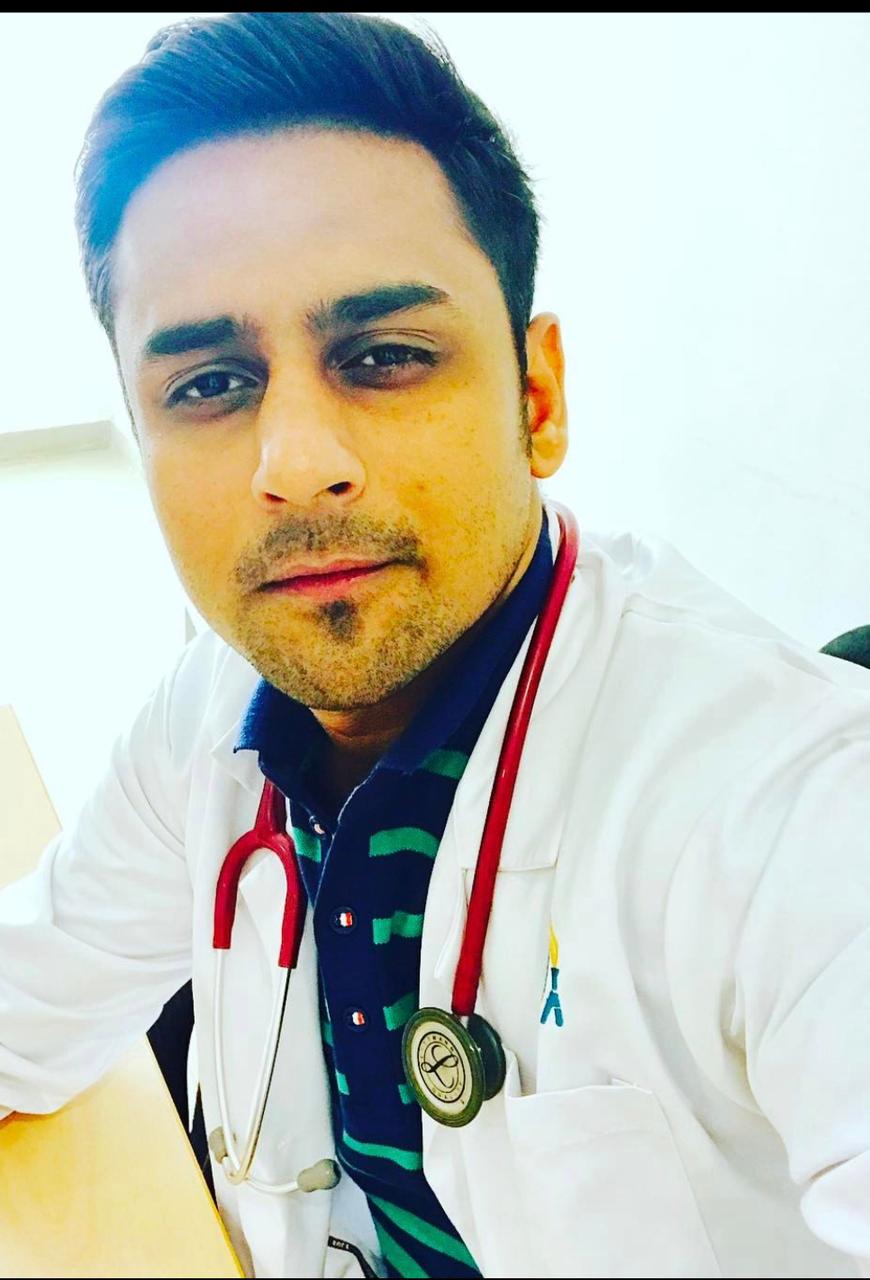A colourless and tasteless gas, carbon monoxide is produced when fuels such as gas, oil, coal and wood are not burnt properly. This gas can also arise from burning charcoal, car engines, cigarette smoke and shisha pipes.
Carbon monoxide is highly poisonous. Cases of carbon monoxide poisoning are mostly seen in places with poor or no ventilation. The gas is particularly deadly, as one might be sleeping in a room full of carbon monoxide and slowly slip into death rather than be awakened.
A person with mild or moderate carbon monoxide poisoning would present with dizziness, weakness, nausea and vomiting, shortness of breath and a feeling of being sick. However, a person with severe carbon monoxide poisoning would present with more severe symptoms such as loss of eyesight, altered mental state, vertigo, breathlessness, increased heart rate, chest pain, seizures and loss of consciousness.
The treatment of carbon monoxide poisoning involves standard oxygen therapy, in which the patient is given 100% oxygen to remove carbon monoxide from the bloodstream. People with severe carbon monoxide poisoning are also given hyperbaric oxygen therapy which increases the levels of oxygen in the affected person’s body.
Read on to know more about the causes, treatment and ways to prevent carbon monoxide poisoning.

 Doctors for Carbon monoxide poisoning
Doctors for Carbon monoxide poisoning 











































